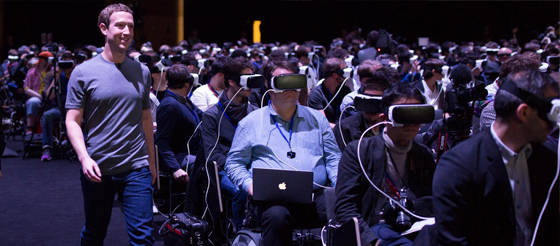Unlike the CE category, which for many independent retailers has seen a decline in market share of 10 per cent for the first time since measurements began, the market share in major domestic appliances is positively buoyant.
The MDA market has increased by seven per cent over the past year, boosting the independent retailer’s share to around 20 per cent. This is thought to be helped by the growing built-in market, with increasing amounts of new-builds. And let’s not forget home improvement projects, which are also fuelling sales in this category.
This growing demand is beginning to make an impact on independent retailers, with MDAs now making up around 62 per cent of sales in 2015, up from 57 per cent in 2014.
Yet, there are areas in major appliances where indies are struggling compared with the market as a whole. One of these areas is American-style fridge-freezers, where they have a share of only 12 per cent compared with their share of cooling as a whole (19 per cent). This is perhaps because of space limitations when displaying larger models, but it is not to be dismissed as a source of increased revenue and important margin. However, these appliances are not necessarily to everyone’s tastes and, with our ever-decreasing new-build house sizes, are a limited market.
Irrespective of the purchase reason, distress or upgrade, key to selling premium brands and models is the ability to sell both the benefits presented by unique features. But not every purchase need be premium. Consumers may be purchasing a range to furnish a new kitchen and mix and match from the same brand across appliances to increase average sale value. Demonstrate to your customers how you have enabled them to stick to their budget or, better still, achieved perceived savings by purchasing more products than intended with the inclusion of some premium models.
The difference between a retailer selling premium goods and one selling mid-range products is the staff – how they communicate with shoppers – and also how consumers view the retailer itself. Understand customers’ perceived needs irrespective of whether it’s a distress or a considered purchase and find the right product for them. Careful questioning should enable them to identify premium product features that will appeal, and help the customer decide what is right for them. More often than not, customers will go for a premium model if sold correctly.
Consider your sales environment and its suitability to display and promote premium models. Does your showroom allow these products displayed in a manner that does them justice and creates desire to buy? With analysts predicting the total UK market for major domestic appliances to be worth £4.4 billion for 2015/16 and estimated to grow by 1.5 per cent year-on-year through to 2020-21, there is still scope for growth and opportunity.
As a business that focuses exclusively on CE and tech brands, Gekko is able to review consumer spending habits. Those in their 30s and 40s are purchasing the bulk of MDA products, decreasing significantly among those in their 50s. The lowest demographic is those in their 20s, who account for six per cent of the market.
With the MDA market squeezed, especially in crowded categories, it’s interesting to note that the average MDA spend is £328, increasing to over £400 in cooling products. This is driven higher by closing the gap on the premium market, where a Good, Better, Best strategy is applied across a brand. In such instances, we recorded that 64 per cent of purchases were from females at the top end “Best”, 55 per cent in “Better” and 57 per cent in “Good”. Interestingly males were sitting on the fence, with a highest score of 45 per cent buying mid-range “Better” and were not necessarily the influencers when selling premium MDA products.
Mid-range appliances can be the norm, but upselling to premium products should be the aim. With the right store staff, trained to sell in the right way, and the correct environment that reflects a premium proposition, high-end products are within easy reach for many of your sales.


